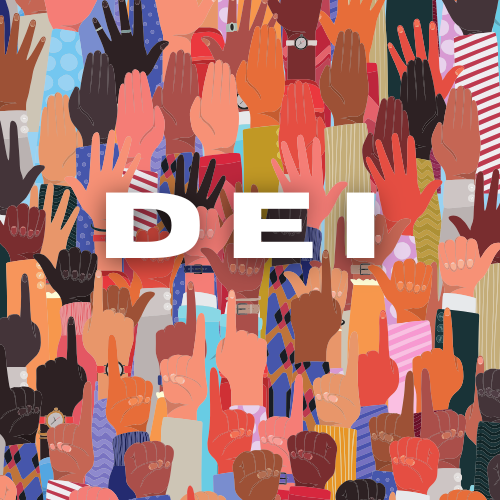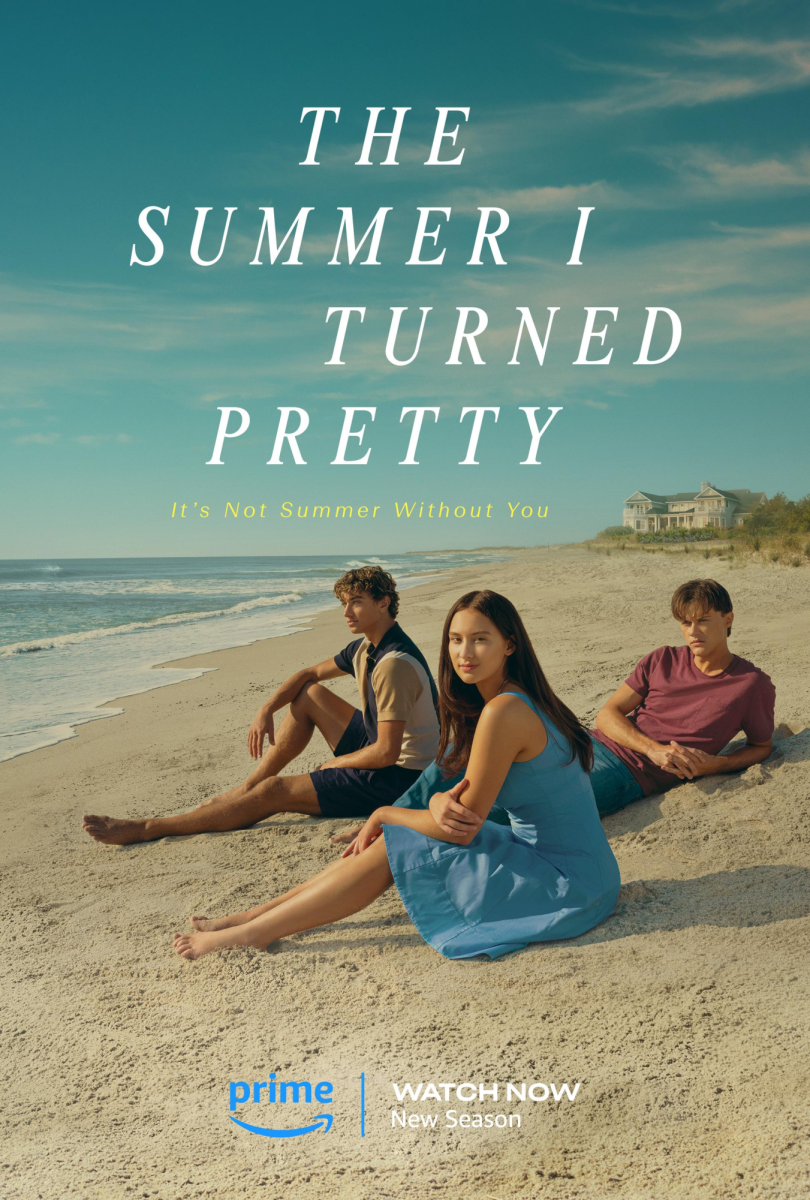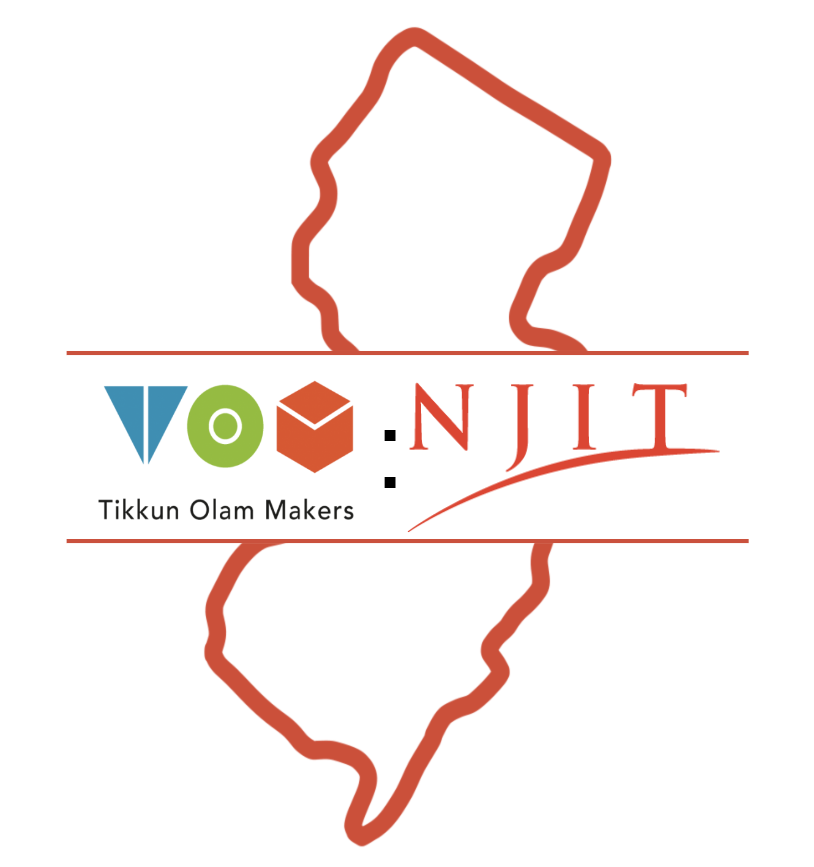[one_third]Liberal — Akinlolu Aguda
Spotify, Facebook, Instagram; in that order, these are my primary mass media sources. They are mostly all that I have the energy for. I utilize other media sources once in a while but none compare to how I use either Facebook or Instagram.
To use adjectives to describe how I rely on each of these media sources–“Dependent” covers my relationship with both Spotify and Facebook. I depend on Spotify for access to a virtually unlimited library of music and the current accompanying student access to a free Hulu account. I depend on Facebook for content ranging from the news and friend updates to dark memes and jokes about death. Also, for quick sign-ins into other online accounts, Facebook usually has me covered.
With Instagram, my connection is that of devotion. I keep tabs on my favorite music artist and art gallery accounts and constantly scour my feed for interesting artwork, look through photos of peers, and will occasionally engage in some minor investigative activities–only on rare occasions, however.
Other media sources I tend to visit now and then include YouTube, Snapchat, Twitter, Vimeo, Reddit, The Television Set, and The Car Radio. For print media sources, I read the school newspaper every week.
[one_third] Independent – Babatunde Ojo
Independent media sources like James Corbett’s, The Corbett Report, is one example of a well-balanced media source. From covering the now mainstream “deep state” years ago, to rationalizing how little we actually know about climate change. Whether it is an article, video, documentary, or podcast, James provides and urges his viewers/readers to read his sources and to reply with their own when discussing the material.
From this example, what makes a media source legitimate is whether or not it provides information for their readers/viewers to verify for themselves. It is only recently – within the last 2 or 3 years – that mainstream media organizations have begun to hyperlink PDFs or other important documents in their online articles.
Usually, one independent media outlet will collaborate with others willing to cover more ground. This can lead to a reader finding other outlets that may cover a subject another media source has been unable to dive into as deeply. Mainstream media is fine for current news as a quick rundown, but should never be taken at face value without doing independent research.
[one_third]Conservative — Adrian Wong
Currently, news companies are put in a difficult situation. The desire to make money regularly outweighs the desire to publish newsworthy stories. Companies like BuzzFeed have capitalized on the opportunity to make money by passing off articles such as “37 Things White People Need to Ruining in 2018” as news. Overall, it is best to get news from many different sources from all sides of the political spectrum.
Almost every article published falls under one of three categories. The first are the articles which are solely produced to make money. These include the typical BuzzFeed article that is nothing more than clickbait and a few lines of fluff. The next category are articles that are published to prove a point. These include opinion articles and media groups which selectively report on news that justifies their bias. The final category is neutral reporting which is unfortunately the least common and includes things like sports scores, weather, and rarely political news.
I completely avoid the clickbait category and only read the second two types of news. I think it is valuable to read news from all sides of the spectrum to get a feel for which arguments are being put forward, and eventually for judging which side I agree with the most. This does a great job of helping me formulate opinions.































